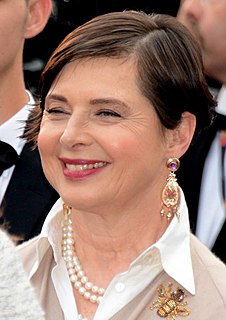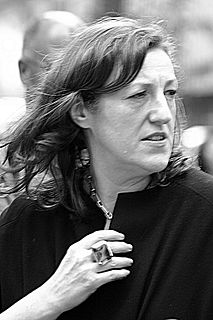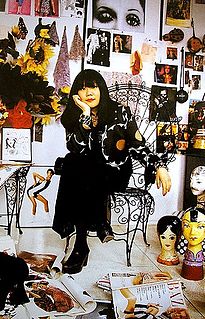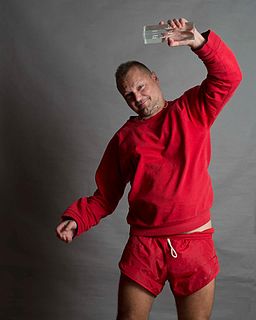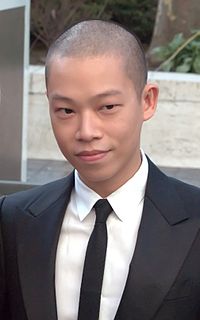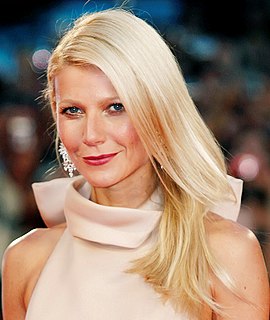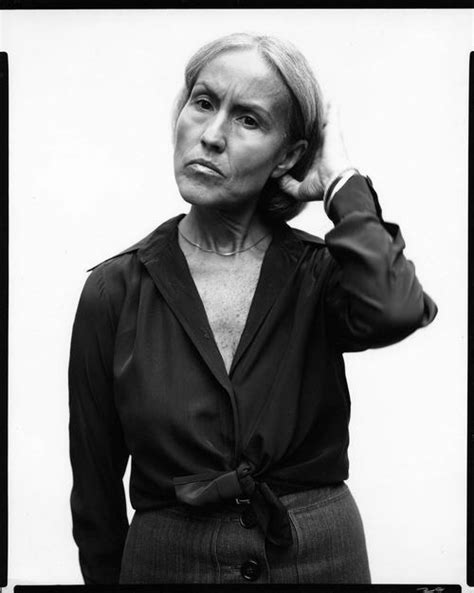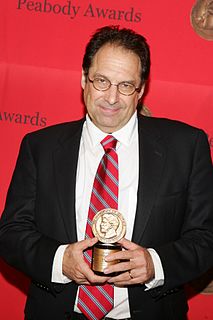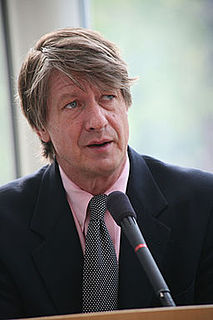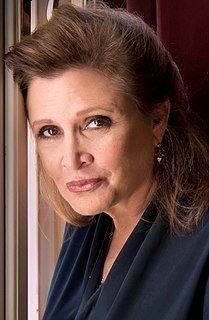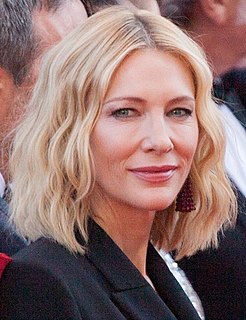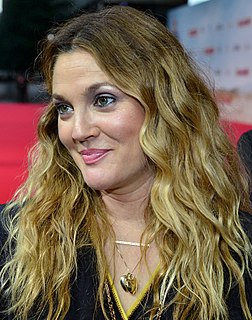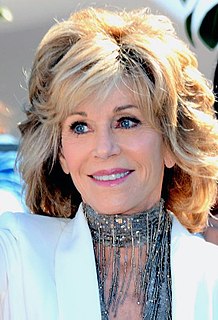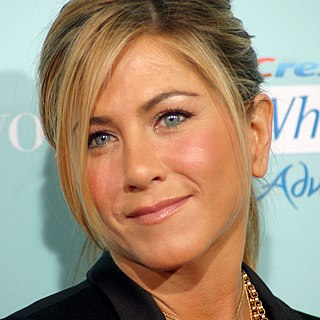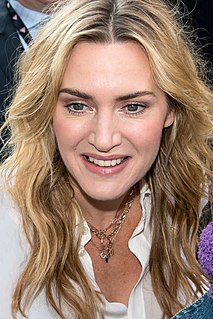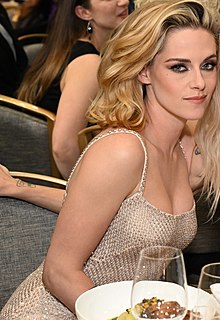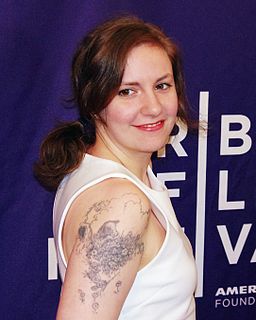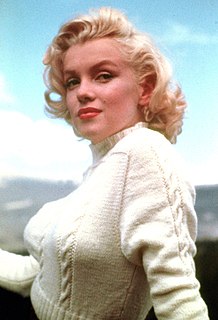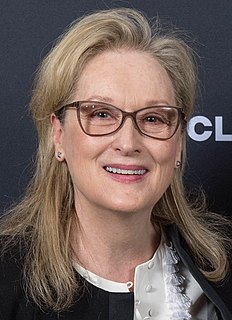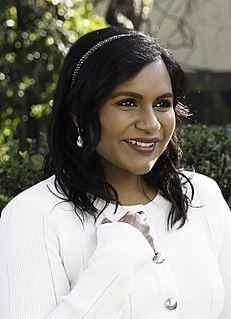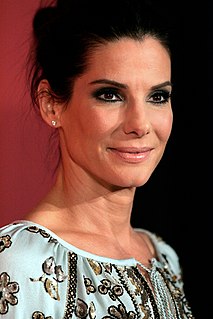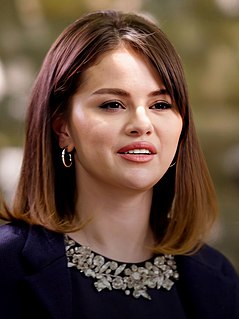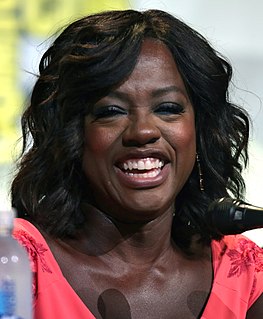Цитата Изабеллы Росселлини
К тому времени, как я успешно попал на обложки «Vogue», «Harper's Bazaar», «Vanity Fair» и подписал контракт с Lancome, кто-то спросил, сколько мне лет. Они чуть не упали в обморок, когда я сказал 33.
Связанные цитаты
Красная библиотека — это дань уважения Суи знатоку моды Дайане Вриланд, которая работала редактором Harper’s Bazaar (1939–1962) и Vogue (1963–1961). Моя самая ценная коллекция — это переплетенные журналы Vogue… и они вроде как моя Библия. Я смотрю на них все время, когда пытаюсь вдохновить себя на коллекцию.
Однажды Салли Киркланд сказала Дайане Вриланд, которая в то время была модным редактором Harper's Bazaar: «У меня есть молодая женщина, с которой я хочу, чтобы вы познакомились. Она очень молода, но я думаю, вам следует с ней познакомиться». Когда Салли Киркланд рассказала мне об этом, я сказал: «Я не могу этого сделать! Меня сейчас вырвет! Это самая страшная вещь, которую я когда-либо слышал! Я не могу этого сделать, Салли. готов сделать это!» Но Салли сказала: «Позвольте им принять это решение». Я был совершенно напуган.
Кто-то спросил меня... каково это, и я вспомнил историю, которую рассказывал один из наших земляков - Авраам Линкольн. Его спросили, как он себя чувствует однажды после неудачных выборов. Он сказал, что чувствовал себя маленьким мальчиком, который ушиб палец ноги в темноте. Он сказал, что слишком стар, чтобы плакать, но слишком больно, чтобы смеяться.
Я знал людей из Rolling Stone некоторое время. Я пришел к ним со статьей, которую я сделал в Бейруте для Vanity Fair, которую Vanity Fair не хотели публиковать, потому что они сказали, что я высмеиваю смерть... Это была Тина Браун. Но они заплатили мне за это. Итак, у меня есть этот большой кусок, и журналу Rolling Stone он понравился, но они посчитали его немного устаревшим. Но потом мне перезвонили и попросили сделать аналогичную статью об островах Теркс и Кайкос, где все правительство было арестовано за контрабанду наркотиков. Это было весело.
